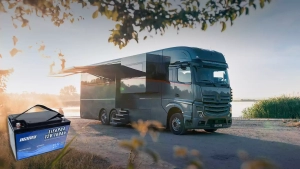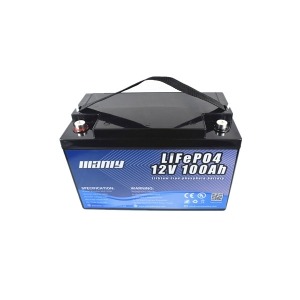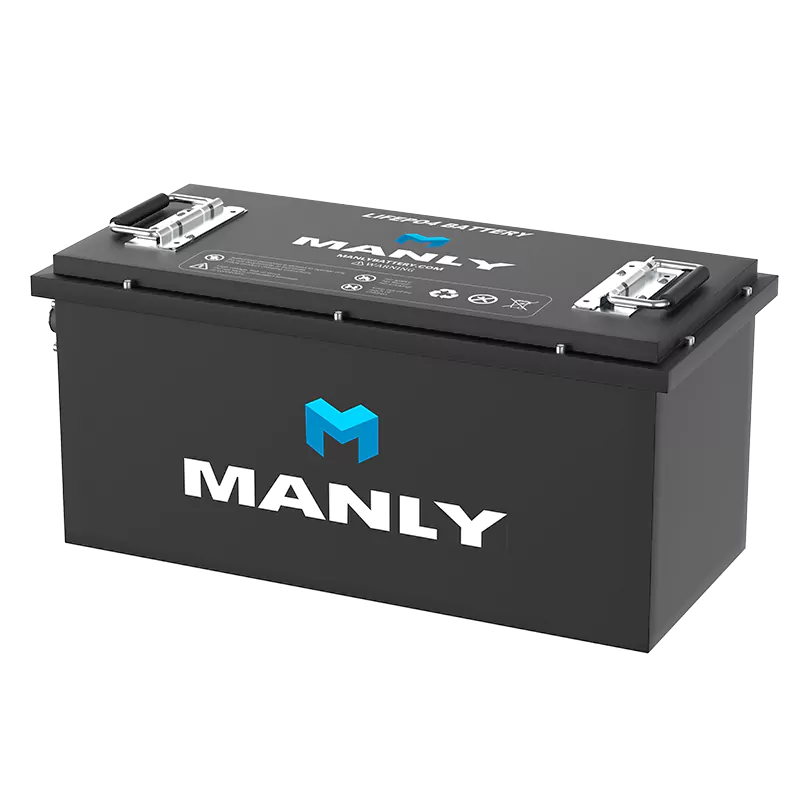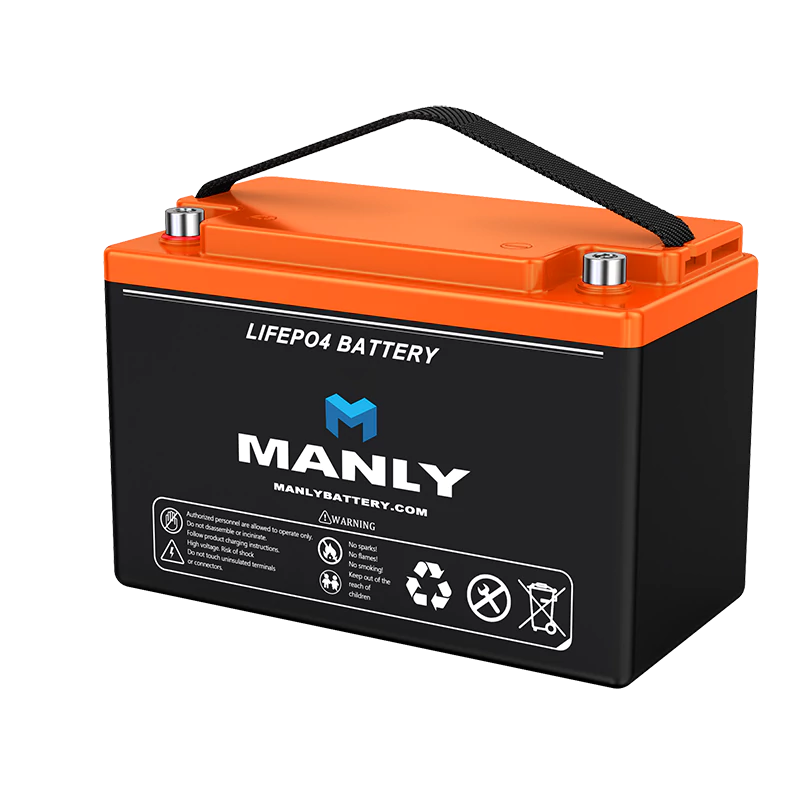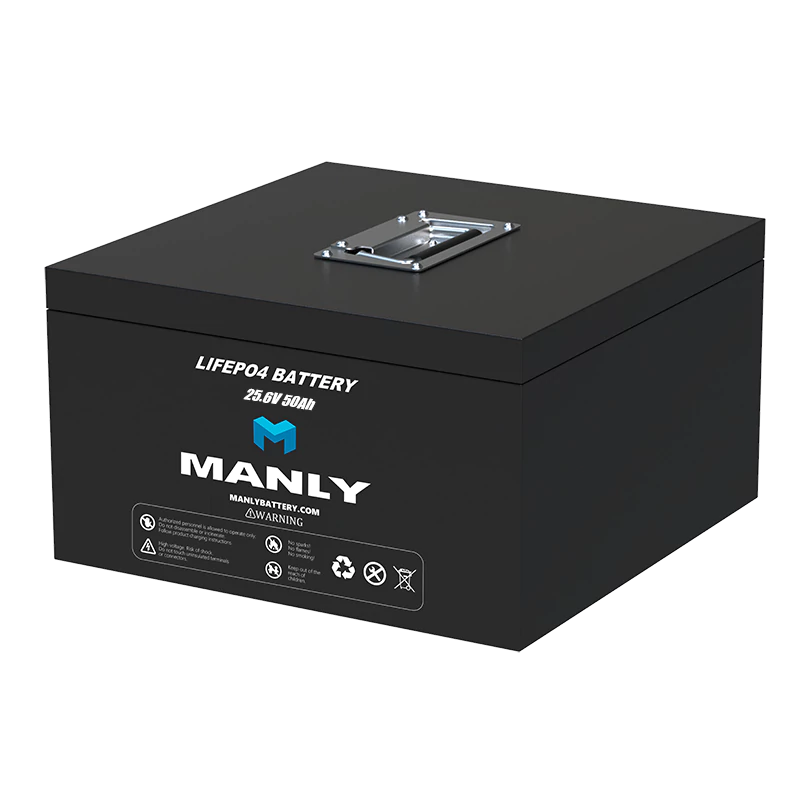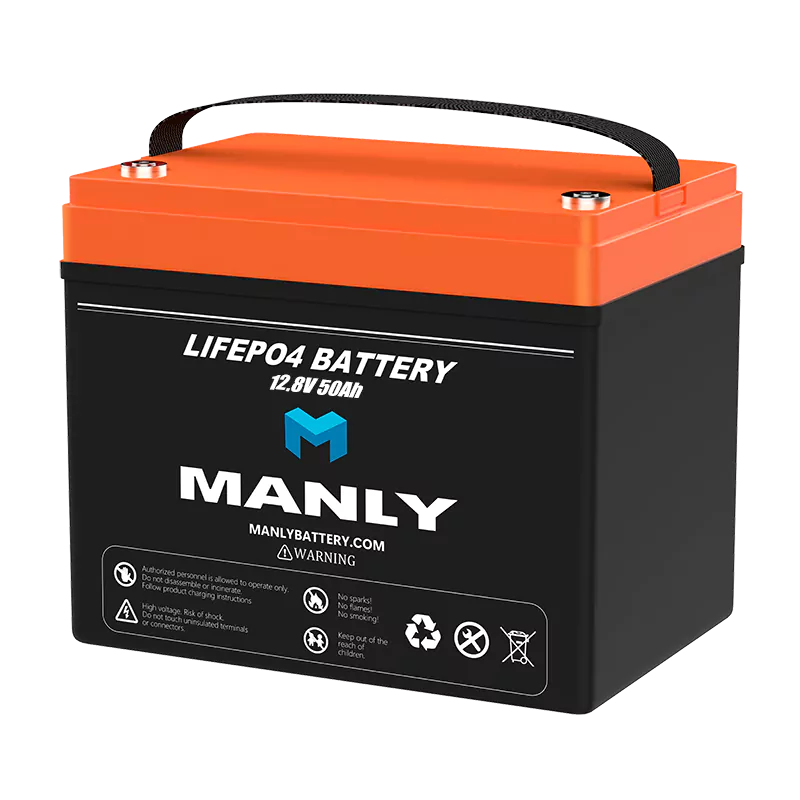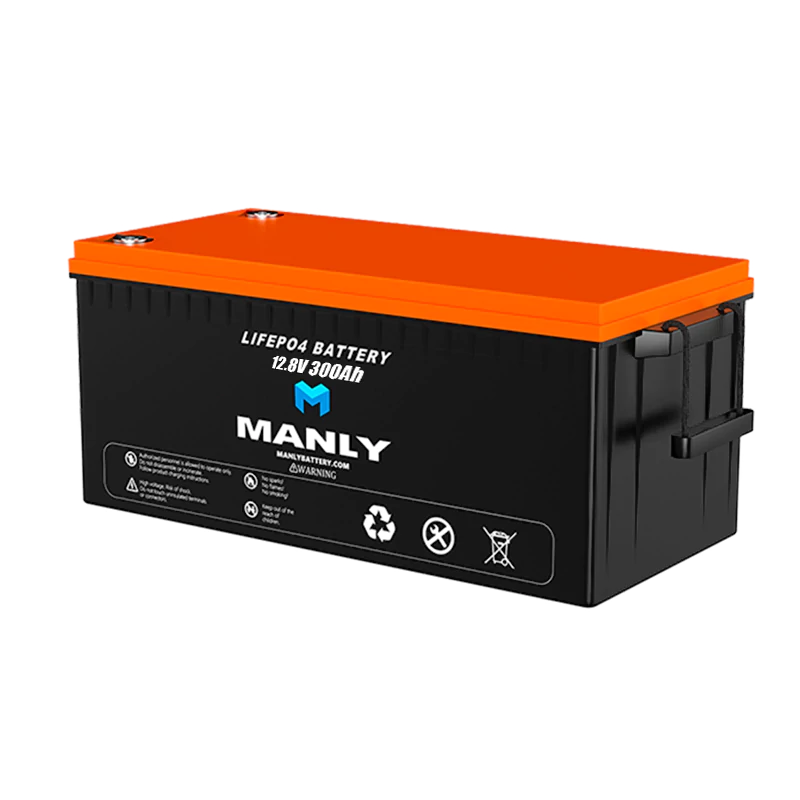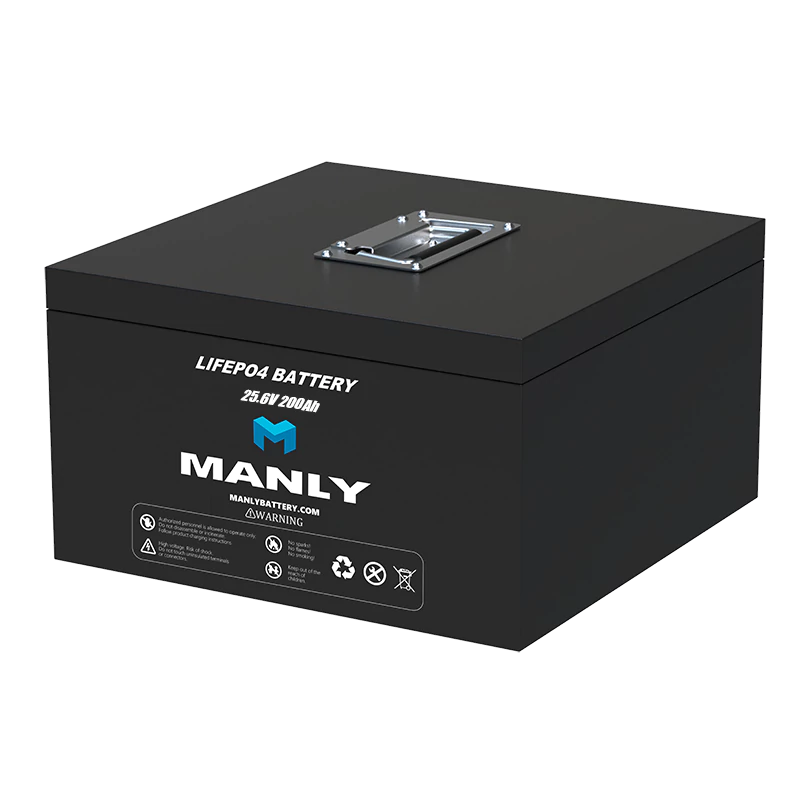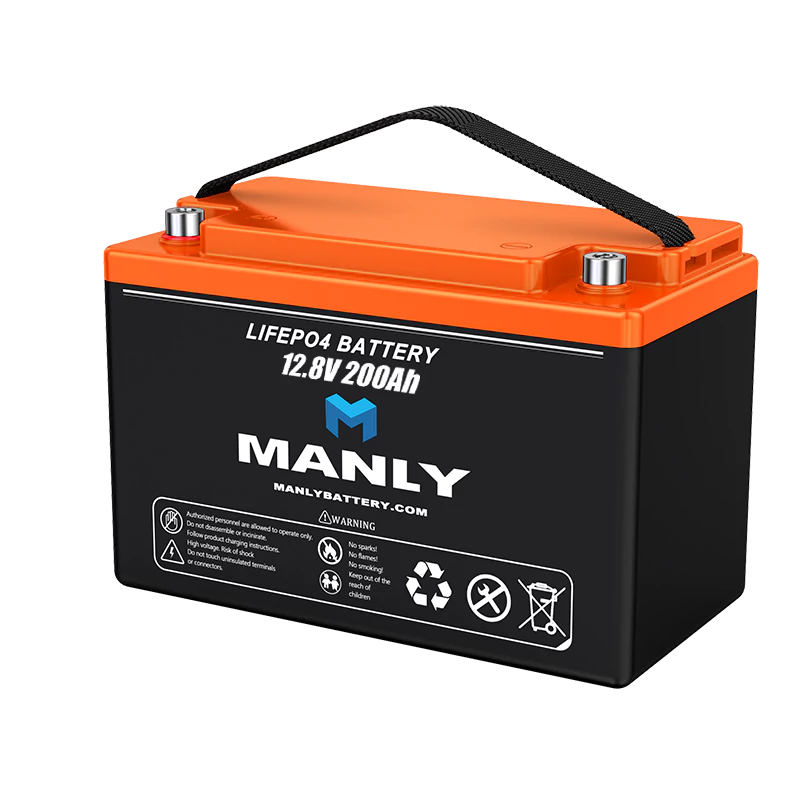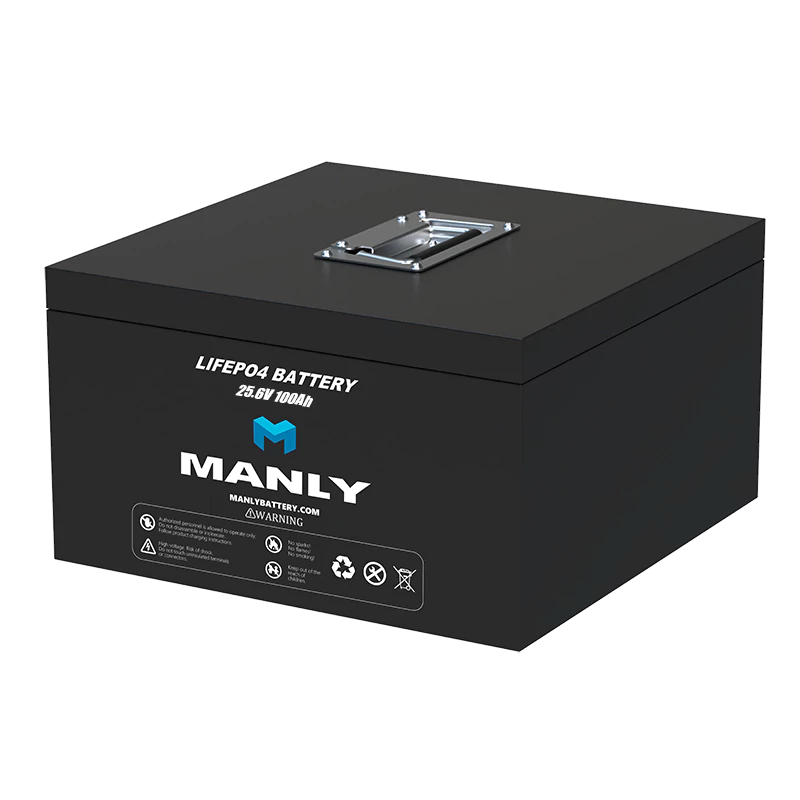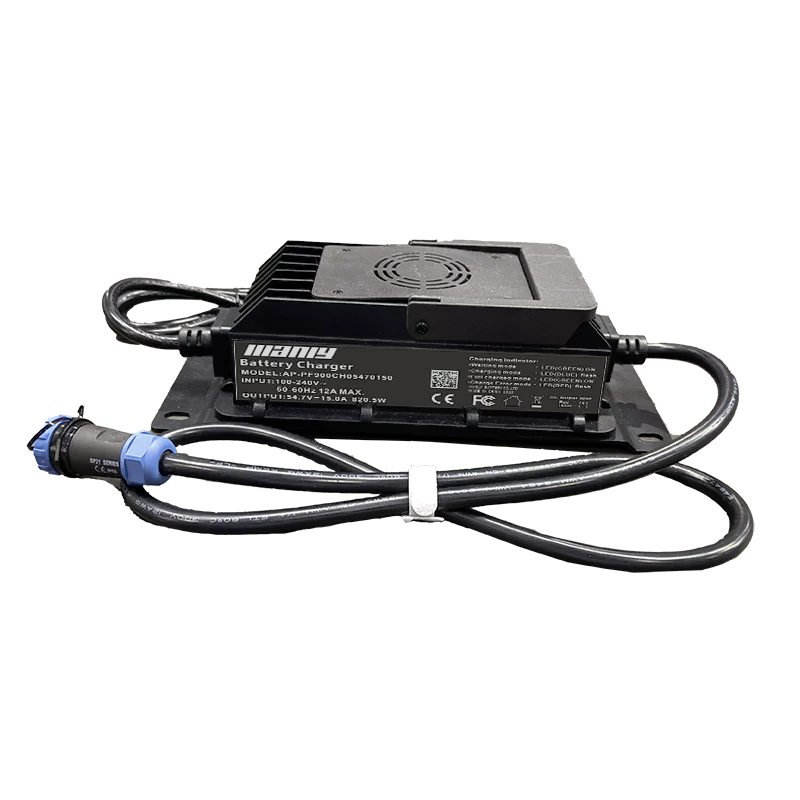More Products
Table of Contents
LiFePO4 Batteries Star in Tesla's Budget Car
Tesla had released the full document of its "Master Plan Part 3" for sustainable energy development on April 5th local time. Notably, the full document mentions that Tesla's small electric vehicles will be equipped with 53kWh lithium iron phosphate batteries, while the Model 3 and Model Y all-electric models will be equipped with 75kWh lithium iron phosphate batteries. Prior to this, Tesla's US stock had experienced significant declines for three consecutive days. Industry experts pointed out to the Shanghai Securities News reporter that Tesla founder Elon Musk has ambitious goals, and once Tesla's small, affordable electric vehicles are launched, they will have a huge impact on the new energy vehicle market.




